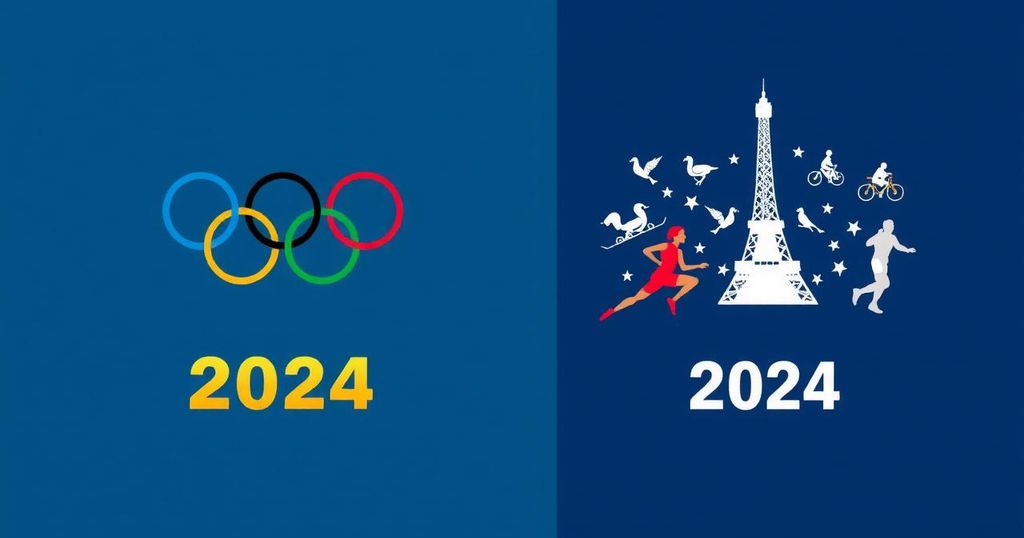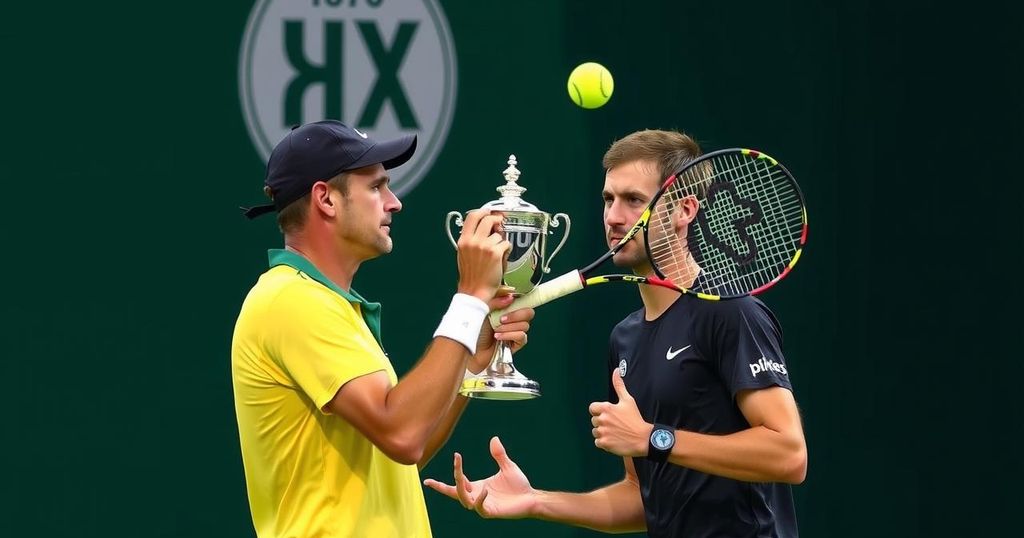An Examination of the Differences Between the Olympic and Paralympic Games in Paris 2024
The commencement of the Paris Paralympic Games on August 28 marks a significant occasion, showcasing the achievements and spirit of athletes with disabilities. As noted by Marie-Amélie Le Fur, President of the French Paralympic and Sports Committee, while these games run concurrently with the Olympic Games, they convey distinct narratives and present several notable differences that contribute to their unique identities. This article delineates at least seven such differences, illuminating the evolving relationship and growing recognition of both competitions.
Firstly, one must consider the origins of each event. The Olympic Games, revitalized in 1896 in Athens under the guidance of Pierre de Coubertin, draw inspiration from ancient Greek traditions, and were expanded with the introduction of the Winter Games in 1924. In contrast, the genesis of the Paralympic Games can be traced back to 1948 at Stoke Mandeville Hospital in the United Kingdom, where Dr. Ludwig Guttmann pioneered a rehabilitation program for veterans. The first true Paralympic Games were subsequently held in Rome in 1960, one week following the Olympic Games.
Secondly, the symbols and emblems of the two events reflect their respective philosophies. The Olympic emblem, comprised of five interlocking rings representing the continents, was designed in 1913. The Paralympic symbol evolved over time to represent movement, with its current design featuring dynamic shapes known as “agitos.” Additionally, each event possesses a distinct motto, with the Olympics proclaiming “Faster, Higher, Stronger,” while the Paralympic motto is “Spirit in Motion.” Interestingly, both events will feature a shared emblem for the Paris 2024 Games, incorporating a golden circle and a central flame.
Thirdly, the location of the Games has evolved. Historically, the two events have been hosted in separate cities; however, since the Seoul Games in 1988, there has been a commitment to host them together in the same city to streamline logistics and provide unified facilities. Paris 2024 will see both events share locations, although their opening ceremonies will occur in distinct and iconic areas of the city.
Fourthly, the scheduling of the Games is an important distinction. Although the Paralympics are always held in the same year as the Olympics, they take place shortly thereafter. This year, there will be a gap of 17 days between the closing of the Olympic Games and the commencement of the Paralympic Games, a decision that has sparked discussions regarding visibility for Paralympic athletes. IPC President Andrew Parsons emphasizes that this scheduling grants athletes the opportunity to shine independently and allows for focused attention on their unique achievements.
Fifthly, the nature of the competitive sports presented at each event also differs significantly. Paralympic sports often adapt existing Olympic disciplines to accommodate athletes with disabilities, leading to variations in rules and equipment. Certain sports, such as wheelchair basketball and para-athletics, maintain a strong resemblance to their Olympic counterparts, while others, like goalball and boccia, are unique to the Paralympics.
Moreover, the number of events and participants highlights a further distinction between the two Games. The Paralympics host 549 events across 23 disciplines and, due to the inclusion of multiple disability categories, can facilitate a relatively smaller contingent of roughly 4,400 athletes within an 11-day span, compared to the Olympic Games with 329 events and 10,500 participants across 40 disciplines.
In terms of medals, while both events adhere to a gold, silver, and bronze system, their designs reflect their unique heritages. Olympic medals feature the rings and imagery of the Greek goddess of victory, whereas Paralympic medals include the agitos symbol alongside a representation of the Eiffel Tower with braille inscriptions, emphasizing inclusivity.
Lastly, in recognition of the invaluable assistance provided by guides to visually impaired athletes, recent practices allow these guides to receive medals at the Paralympics when the athlete achieves podium success, reinforcing the spirit of teamwork and collaboration within the sport.
In conclusion, while the Olympic and Paralympic Games may share a common purpose of celebrating athletic excellence, the distinguishing features outlined above emphasize their individual narratives and legacies. The Paris 2024 Games promise to honor these differences while fostering a spirit of inclusivity and recognition for all athletes.
In light of these observations, it is imperative to appreciate both the distinctiveness and commonalities of these prestigious events in the domain of international sports.








Post Comment